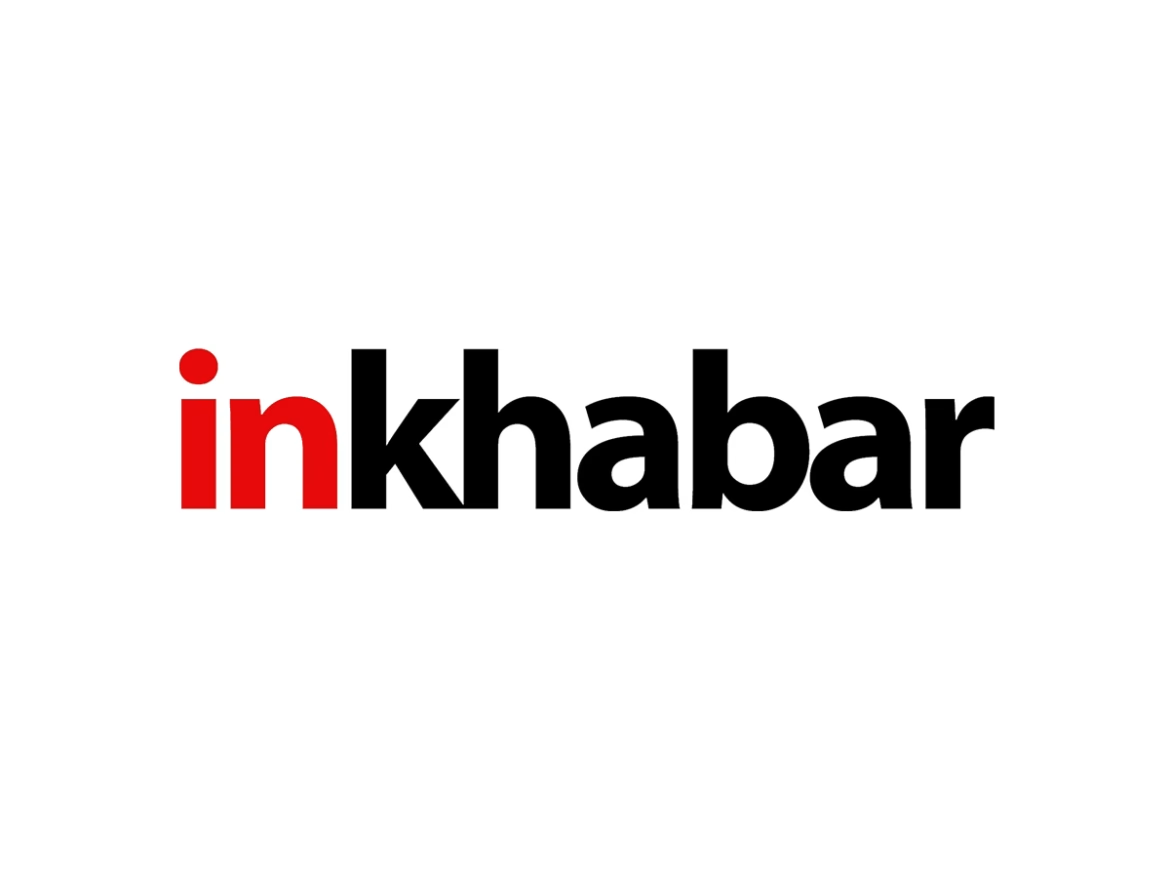By Munsif Vengattil and Aditya Kalra BENGALURU (Reuters) -At a startup office in this Indian city, developers are fine-tuning artificial-intelligence chatbots that talk and message like humans. The company, LimeChat, has an audacious goal: to make customer-service jobs almost obsolete. It says its generative AI agents enable clients to slash by 80% the number of workers needed to handle 10,000 monthly queries. "Once you hire a LimeChat agent, you never have to hire again," Nikhil Gupta, its 28-year-old co-founder, told Reuters. Cheap labor and English proficiency helped make India the world's back office — sometimes at the expense of workers elsewhere. Now, AI-powered systems are subsuming jobs done by headset-wearing graduates in technical support, customer care and data management, sparking a scramble to adapt, a Reuters examination found. That's driving business for AI startups that help companies slash staffing costs and scale operations — even though many consumers still prefer to deal with a person. This account of the disruptive changes transforming India's $283 billion IT sector is based on interviews with 30 people, including industry executives, recruiters, workers and current and former government officials. Reuters also visited two AI startups and tested voice and text chatbots that handle increasingly sophisticated customer interactions in human-like ways. Rather than pump the brakes as the technology threatens jobs built on routine tasks, the country is accelerating, wagering that a let-it-rip approach will create enough new opportunities to absorb those displaced, Reuters found. The outcome of India's gamble carries weight far beyond its borders — a test case for whether embracing AI-driven disruption can elevate a developing economy or render it a cautionary tale. The global conversational AI market is growing 24% a year and should reach $41 billion by 2030, consultancy Grand View Research estimates. India — which relies on IT for 7.5% of its GDP — is leaning in. In a February speech, Prime Minister Narendra Modi said "work does not disappear due to technology. Its nature changes and new types of jobs are created." Not everyone shares Modi's confidence in India's preparedness. Santosh Mehrotra, a former Indian official and visiting professor at the University of Bath's Centre for Development Studies, criticized the government for a lack of urgency in assessing AI's effects on India's young workforce. "There's no gameplan," he said. Business process management employs 1.65 million workers in call centers, payroll, and data handling in India. Hiring has plummeted due to increased automation and digitalization, despite rising demand for AI coordinators and process analysts, said Neeti Sharma, CEO of staffing firm TeamLease Digital. Net headcount in the segment, which represents one-fifth of IT output, grew by fewer than 17,000 workers in each of the past two years, down from 130,000 in 2022-2023 and 177,000 in 2021-2022, TeamLease Digital figures show. Reuters spoke to three current and five former customer-service workers, who described increasing job insecurity and integration of AI, including tools that suggest responses and bots that handle nearly all routine queries autonomously. Megha S., 32, was earning $10,000 a year at a Bengaluru-based software solutions provider. She said she was laid off last month, just before India's festive season, as the company moved to implement AI tools to review the quality of sales calls. "I was told I am the first one who has been replaced by AI," said Megha, who spoke on the condition that her full name and former employer not be identified. "I've not told my parents." Sumita Dawra, a former labor ministry secretary who oversaw an Indian government taskforce on AI's impact on the workforce before retiring in March, said while the technology offered productivity gains that would lead to new jobs, India could consider stronger social security measures, such as unemployment benefits, to help those displaced during the transition. However, a senior Indian official told Reuters the government believed AI would ultimately have little impact on overall employment. India's IT and labor ministries, and Modi's office, didn't respond to requests for comment. AUTOMATION GOLD RUSH Besides AI, factors clouding the outlook for India's IT sector include U.S. tariffs; a proposal by a U.S. lawmaker for a 25% tax on firms using foreign outsourcing services; and President Trump's $100,000 fee on new H-1B visas, which are widely used by tech firms to sponsor Indian workers. Investment bank Jefferies predicted in September that India's call centers would face a revenue hit of 50% — and around 35% for other back-office functions — from AI adoption over the next five years. That would spell near-term job losses in India, which accounts for 52% of the global outsourcing market. "The biggest impact is going to be on young students coming out of college," said Pramod Bhasin, who in the 1990s established India's first call center with 18 employees for GE Capital, where workstations were partitioned by saris strung from the ceiling. In the longer run, India could transition from "back office" to the world's "AI factory" by capitalizing on demand for AI engineers and automation deployment, said Bhasin, who went on to found IT services firm Genpact. One beneficiary of that demand is LimeChat, which Reuters visited in August. Gupta, the co-founder, said his developers and engineers have helped automate 5,000 jobs across India. The company's bots handle 70% of customer complaints for its clients, and it plans to achieve 90-95% within a year, he said. "If you're giving us 100,000 rupees per month, you are automating the job of at least 15 agents," said Gupta. At that price — about $1,130 — the service costs roughly the same as three customer-care staff, he said. LimeChat's sales soared to $1.5 million in 2024 from $79,000 two years earlier, regulatory disclosures show. Last year, the firm began integrating Microsoft's Azure language models and algorithms in a partnership to launch a new e-commerce chatbot. Among Gupta's clients is Indian ayurvedic products firm Kapiva, which has deployed a LimeChat bot for customer interactions over WhatsApp. Keying in a prompt — "What kind of diet should I have to reduce weight?" — yielded an AI meal-plan creator. A follow-up query in English and Hindi about how a slimming juice differs from another item was also answered, with the chatbot eventually sharing links to Kapiva products with a smiling emoji. Kapiva didn't respond to Reuters questions. LimeChat's rivals include Reliance, the conglomerate chaired by Mukesh Ambani, which acquired Indian startup Haptik in 2019. Haptik says it offers "AI agents that deliver human-like customer experiences" that cost $120 and can cut support costs by 30%. Revenue skyrocketed to almost $18 million last year from less than $1 million in 2020, disclosures show. Haptik promoted a webinar in September by posing the question: "What if you had a full-time employee who never sleeps and costs just 10,000 rupees?" "We are seeing a huge shift," Haptik product manager Suji Ravi said in the webinar, which Reuters reporters attended. "Brands are not investing in human agents and they want to deploy AI agents." For LimeChat client Mamaearth, an Indian personal-care brand, the main attraction of AI chatbots is scalability, said Vipul Maheshwari, head of product and analytics at parent firm Honasa Consumer. "Providing good customer support is make or break for us," he said. "But can we infinitely scale my customer support team? Absolutely not." The chatbot used by Mamaearth could go beyond simple assistance like order tracking, and help users with queries such as recommending the right products during pregnancy or, in some cases, handle an agitated customer, Maheshwari said. COFFEE WITH NEHA The promise and perils of AI are evid…
(The article has been published through a syndicated feed. Except for the headline, the content has been published verbatim. Liability lies with original publisher.)





